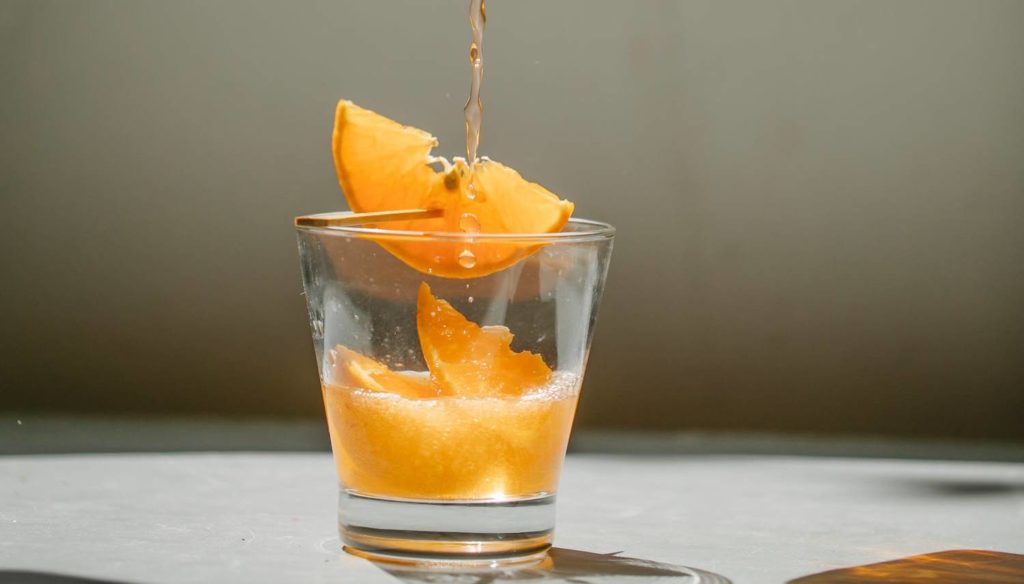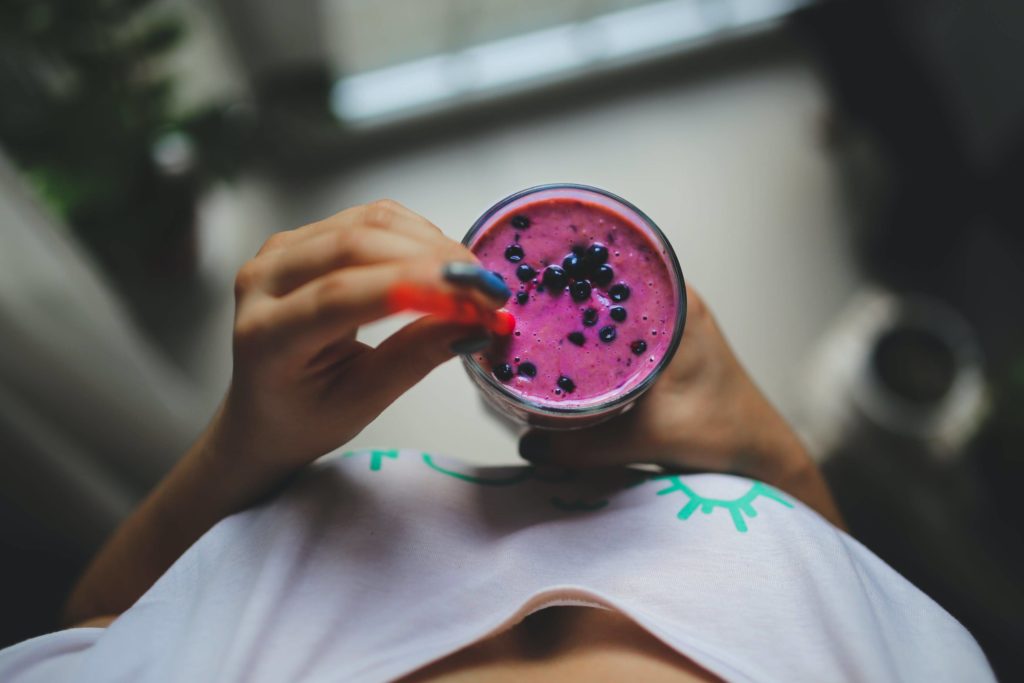Juice cleanses for weight loss, health & fitness

Worldwide, the cold pressed juice market is expected to grow by USD 237.77 million during 2020-2024. This huge growth is due to an interest in healthy and tasty nutrition as a supplement to medications.
A juice cleanse is a detox diet that involves stopping all solid food consumption for a few days and consuming only juices from fruits and vegetables. Usually, this diet lasts for 2 to 3 days. Juicing involves squeezing the juices from fruits and vegetables and separating them from the pulp, while a smoothie is a mix of all edible parts. A juice cleanse supports the body’s natural detox processes by clearing the diet of sugar, caffeine, and refined foods.
A juice cleanse boosts your body’s levels of vitamins, minerals, and antioxidants. The nutrients are faster absorbed from drinking juice than eating whole fruits and vegetables and it gives your digestive system a rest from digesting fiber.
What are the benefits of a juice diet?
- It reduces your risk of cancer.
- Fruits are rich in anti-inflammatory compounds that may boost the immune system and give you more energy.
- It helps remove toxins from your body.
- Raw juice contains healthy enzymes that may improve digestion and make the gut work more efficiently.
- It helps you lose weight. Consuming nothing but juice for three days or more may temporarily boost weight loss, but is not sustainable in the long term. This diet works for quick weight loss, but it tends to lead to weight gain once a normal diet is resumed.
Such a restrictive diet, also, has high risks
- Kidney stones: Usually juices are made from dark, leafy greens and beets, two foods that are high in oxalate, which is an acid that can contribute to kidney stones. Drinking a lot of juice for a couple of days may be harmful to those with kidney problems. When juicing, your calcium intake is usually quite low. To solve this, you can take a calcium supplement to block oxalates from being absorbed and take some stress off your kidneys.
- Dehydration: Some juices contain laxatives for digestion stimulation. But losing too many nutrients in the stool can lead to dehydration and imbalanced electrolytes.
- Bacteria infections: This happens if the juice is unpasteurized.
- Low blood sugar: These diets are usually low in calories (around 1300 – 1500 calories per day) and often lead to low blood sugar because the body does not have enough energy. Symptoms of low blood sugar include fainting, weakness, headaches.
- Hunger: Stripping all the fiber from fruits and vegetables will make you feel continuously hungry and cause constipation.
- Nutrient deficiencies: Vital nutrients for the body like protein, healthful fats and certain vitamins (like B12) are missing in juice cleanses. This imbalance can cause extra stress on your body and leads to weight loss usually meaning muscle and inevitable bone loss.
- Acid PH: Most juices and cleanses are acidic in nature, so this will disturb the acid-base balance in your body, and you can suffer from problems like acidity, heartburn, and flatulence.
How to choose a juice diet that suits your needs?

Juice cleanses come in a huge variety. Some involve homemade juice made with fresh fruits and vegetables run through a juicer or pulverized in a blender. If you choose to make your own juice, wash the fruits and vegetables properly before juicing. It is recommended to store the juice in a tightly sealed container, and drink it within 24 hours.
Some examples of a juice cleanse recipes:
- Apple, cucumber, celery, romaine lettuce, lemon, spinach, kale, and parsley.
- Apple, lemon, ginger, and beet.
- Apple, pineapple, lemon, and mint.
Filtered water, cayenne, lemon, almonds, dates, sea salt, and vanilla bean.
Other juice cleanses require store-bought juices. Some programs include one or more smoothies per day to provide protein, fat, and other nutrients.
Here are the top 5 juices of 2021, with genuine and effective recipes :
- Raw Generation. One of the biggest problems of juice cleanses is that it has a lack of protein, leading to a loss of muscle and continuous hunger. Protein Cleanse lets you cleanse without sacrificing your protein consumption (or your ability to feel energized while working out). You get 40 grams of plant protein per day.
- Pressed Juicery. With 3 available bundles: Beginner Juice Cleanse, Our Most Popular, and For the Experienced, Pressed Juicery offers you a complete 3-day guide in juicing.
- Suja, also has a 3-Day Juice Cleanse.
- Juice Generation comes with a 5-day Cooler Cleanses that can have “remarkable results, including a reduction in puffiness and an explosion in energy, not to mention a youthful, more rested you.”
- Juiced pushes the limit to a 7 days Jumpstart Cleanse which as they say is “a delicious way to give your body a reset—helping to support your immune system, elevate mood, improve sleep patterns, and more. All in a way that feels natural, and tastes amazing.”
There are different type of juice diets:
- You can drink only juices and liquids.
- You can add dietary supplements to your juice cleanse.
- You can combine juices with colonic irrigation.
- You can drink juices alongside specific diets.
The correct flow of a juice diet
To benefit from a juice cleanse you should have a pre and a post-diet plan:
- Before cleansing, for a couple of days, it is recommended to gradually eliminate refined sugar, meat, dairy products, alcohol, coffee, and nicotine and increase your fruits and vegetable intake.
- During your cleansing period (2 to 3 days) drink 6 to 8 juices per day every 2-2.5 hours. It is recommended that at least half should be green vegetable juice. In order for the nutrients to be absorbed properly, you should drink the juice slowly.
- The most popular vegetables are carrots, cucumber, celery, kale, spinach, beets, and romaine.
- The most popular fruits are lemons, oranges, apples, and limes.
- Condiments you should add: fresh ginger, parsley, chlorella, and turmeric.
- After the cleansing your digestive system has been in a fast mode, so you should gradually transition to your regular eating habit. Start by eating mostly vegetables, either raw or lightly steamed, and fruit or nuts in small portions similar to a juice diet. Step by step add your regular food into your diet. This is a great period to identify reactions to foods. Foods you should absolutely avoid the next days after the cleanse: processed foods, meat, poultry, dairy, sugar, sweets, caffeine, alcohol.
An overall rule for the pre, during and post-cleanse is to drink warm water with lemon first thing in the morning to stimulate the liver. This begins the detox process before you even drink your juices.
Bottom line
Juice cleanse is a low protein diet, so not all workouts can be beneficial. If you choose to drink nothing but juice for 3 days, then avoid weightlifting, running, swimming. However, low-impact movements like yoga and walking can loosen your muscle, your mind and start the detox process.
There is a study about juicing for an eight-day duration. But the best results were actually achieved about two to three days into the juice cleanse. When you come off a juicing cleanse, it is easier to start up a diet that will keep you healthy in the long run.
If you need to lose 10 pounds in 3-4 days then juicing is the solution, because it removes harmful toxins, and regulates easier fat build-up. But this is not a solution for a longer period of time. According to nutritionists, most people who do lose weight end up gaining some of the total weight back 3-4 days after the first solid meal. You need to have a balanced diet, work out regularly and make good decisions, to stay healthy.